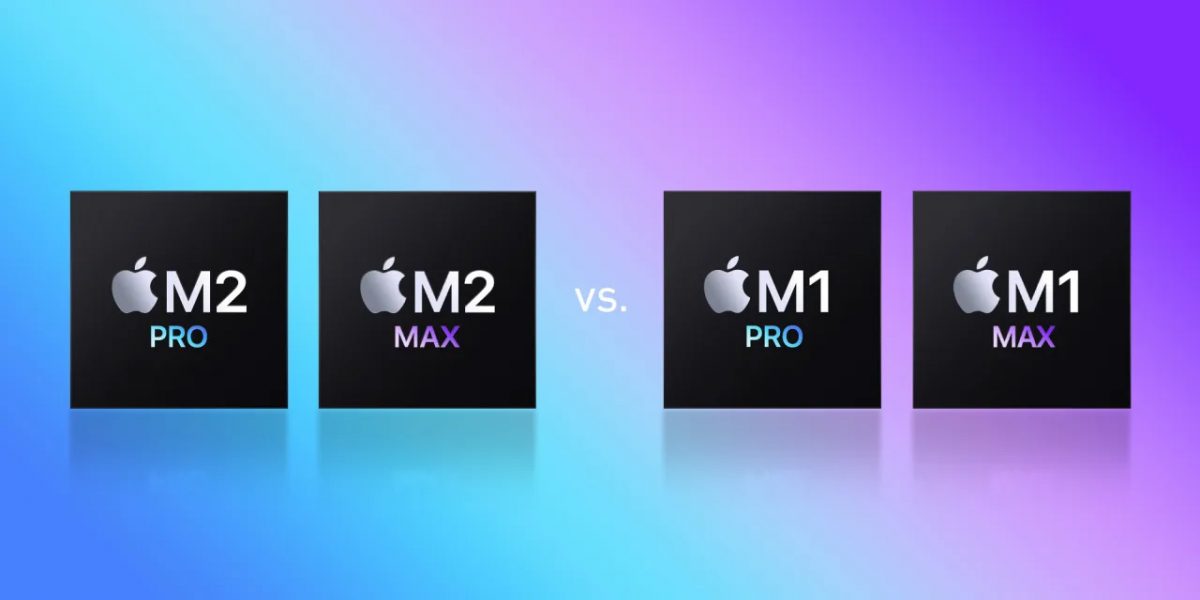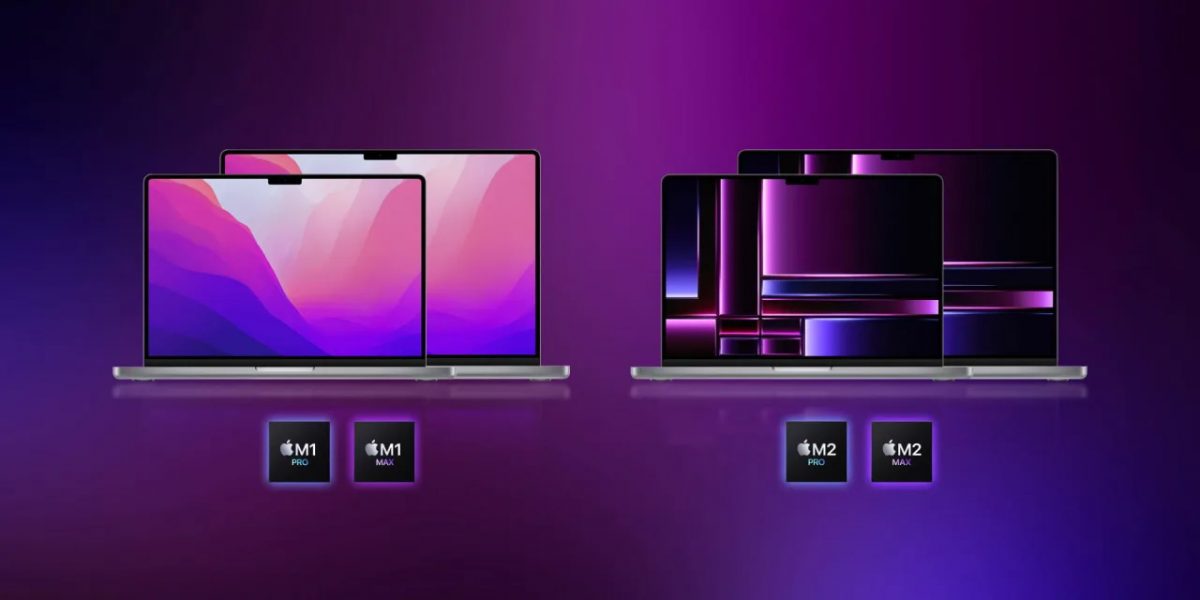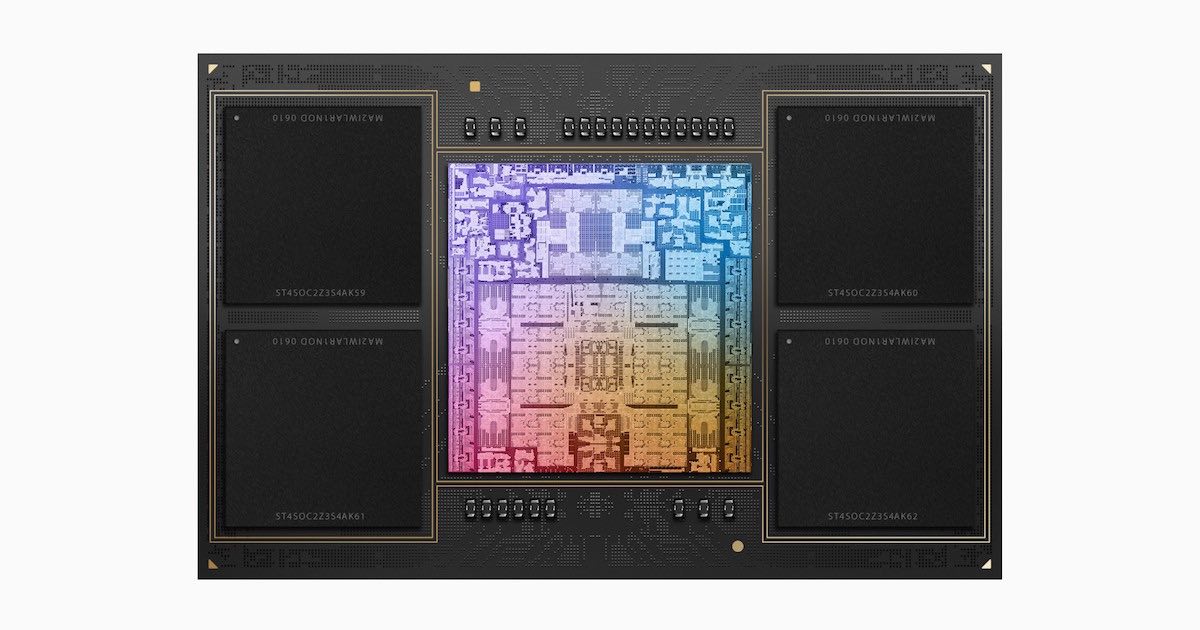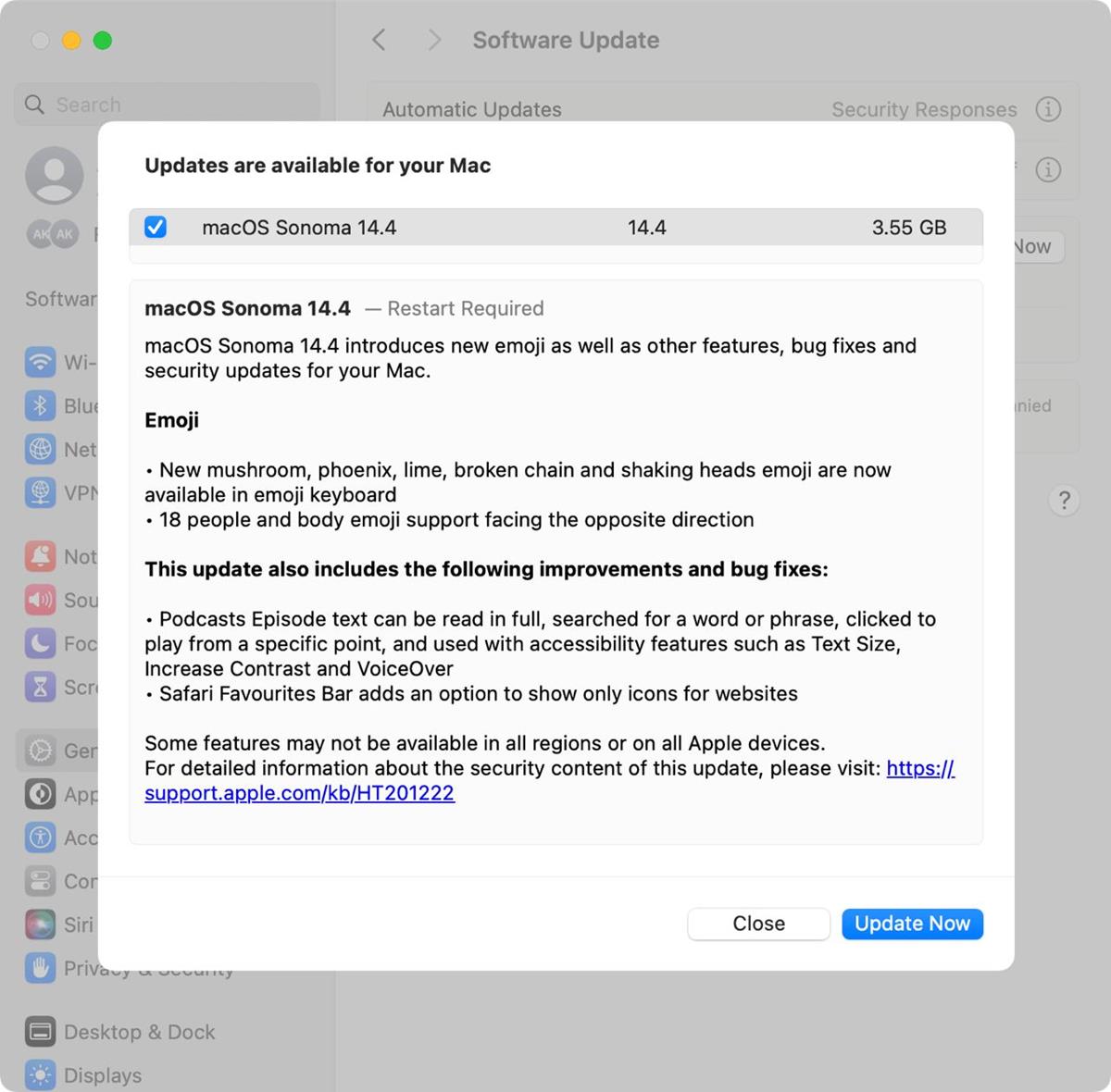M2 Pro/Max to M1 Pro/Max: A Look at the Speed of Apple's Latest Silicon Chips
Apple recently unveiled its latest M2 Pro and M2 Max custom silicon technology in its new MacBook Pro and Mac mini devices. These chips boast more powerful CPUs, GPUs, and media engines, and can accommodate up to 96GB of unified memory, enabling 8K video output. In this comparison of M2 Pro/Max vs M1 Pro/Max, we will provide an in-depth examination of the two chips' performance and the extent of the improvement.

Apple reports that the M2 Pro offers a 20% improvement in CPU performance and a 30% increase in GPU performance compared to the M1 Pro. Additionally, the M2 Pro's neural engine has seen a 40% boost in speed over the M1 Pro. The M2 Pro also boasts a maximum of 12 cores for its CPU and 19 cores for its GPU.
Related: Satellite support may be in the next iOS update
The M2 Max also experiences the same 20, 30, and 40% performance gains when compared to the M1 Max for its CPU, GPU, and neural engine. The M2 Max can handle up to 96GB of unified memory and features a maximum of 12 cores for its CPU and up to 38 cores for its GPU.
According to Apple, the M2 Pro has 40 billion transistors, a significant increase from the 33.7 billion transistors in the M1 Pro. The M2 Max has even more transistors, with over 67 billion, compared to 57 billion in the M1 Max.

Tests from Brian Tong and Macworld have confirmed that the CPU performance of the new Apple Silicon has indeed improved by the claimed 20% as demonstrated in the Geekbench 5 results. For instance, the multi-core score of the M2 Max was 15,240 compared to the M1 Max's 12,750, which represents a 20% improvement. However, the single-core score showed a closer improvement of about 14%.
Like the M1 Pro and M1 Max, the M2 Pro and M2 Max come equipped with dedicated media engines to provide hardware-accelerated support for H.264, HEVC, ProRes, and ProRes RAW. These new chips feature the same number of engines as their predecessors.
Related: Apple makes it even easier to call out to Siri
Apple states that the new media engines in the M2 Pro and M2 Max deliver improved performance, such as ‘twice the ProRes support for accelerated media playback and transcoding.’ The M2 Max still features two video encoding engines and two ProRes encoding and decoding engines, similar to the M1 Max. According to Geekbench results, these claims have been proven to be accurate. In tests conducted by Brian on a MacBook Pro, the M2 Max was able to complete a ProRes export nearly 2 times faster than the M1 Max and even outperformed the M1 Ultra. Although not all video exports will experience the same 2x improvement as ProRes, the new media engines and GPUs still provide a general boost in performance. For example, an Adobe Premiere export was completed 5 minutes faster on the M2 Max compared to the M1 Max.
The M2 Pro and M2 Max surpass the M1 Pro and M1 Max in terms of external display support. Both the M2 Pro and M2 Max can support up to 2 monitors (3 for M2 Pro on Mac mini) and up to 4 monitors, respectively, which is the same as the M1 Pro and M1 Max. However, the new Apple Silicon allows support for one display at 8K/60Hz or 4K/240Hz over HDMI. If you're a professional in need of the latest and greatest technology from Apple or are willing to spend the money, getting a new Mac with the latest Apple Silicon would be a good investment. On the other hand, if you already have an M1 Pro/Max Mac and don't require the fastest performance, it may be more practical to skip the new hardware.

Related: How Apple’s mixed-reality headsets will work
When considering the M2 Pro specifications, it's important to keep in mind that both the M2 Pro and M2 Max offer the same 10- or 12-core CPU. The main difference in price between the two lies in the extra GPU power, improved media engine, and increased external display support in the M2 Max. For those with medium to heavy workflows or who plan to keep their new MacBook Pro for a while, it might be worth investing in 32GB or more of unified memory, which can be an upgrade of $400 or more.
Advertisement



















No point when none of your old applications work.
Nice article, but the “Related” links embedded within the article content were just annoyances repeatedly distracting me from the article.
And like most sites’ “Related” insertions, these have virtually nothing to do specifically with Apple’s new M2 chips. The only commonality is Apple, but that’s it. More related to apple pie recipes than M2 chips :)
By all means have them, but please not in the middle of articles and try to make them more related.
Well written. Thanks for the information.
Hello @Russell Kidson, welcome to Ghacks! Thanks for the article.